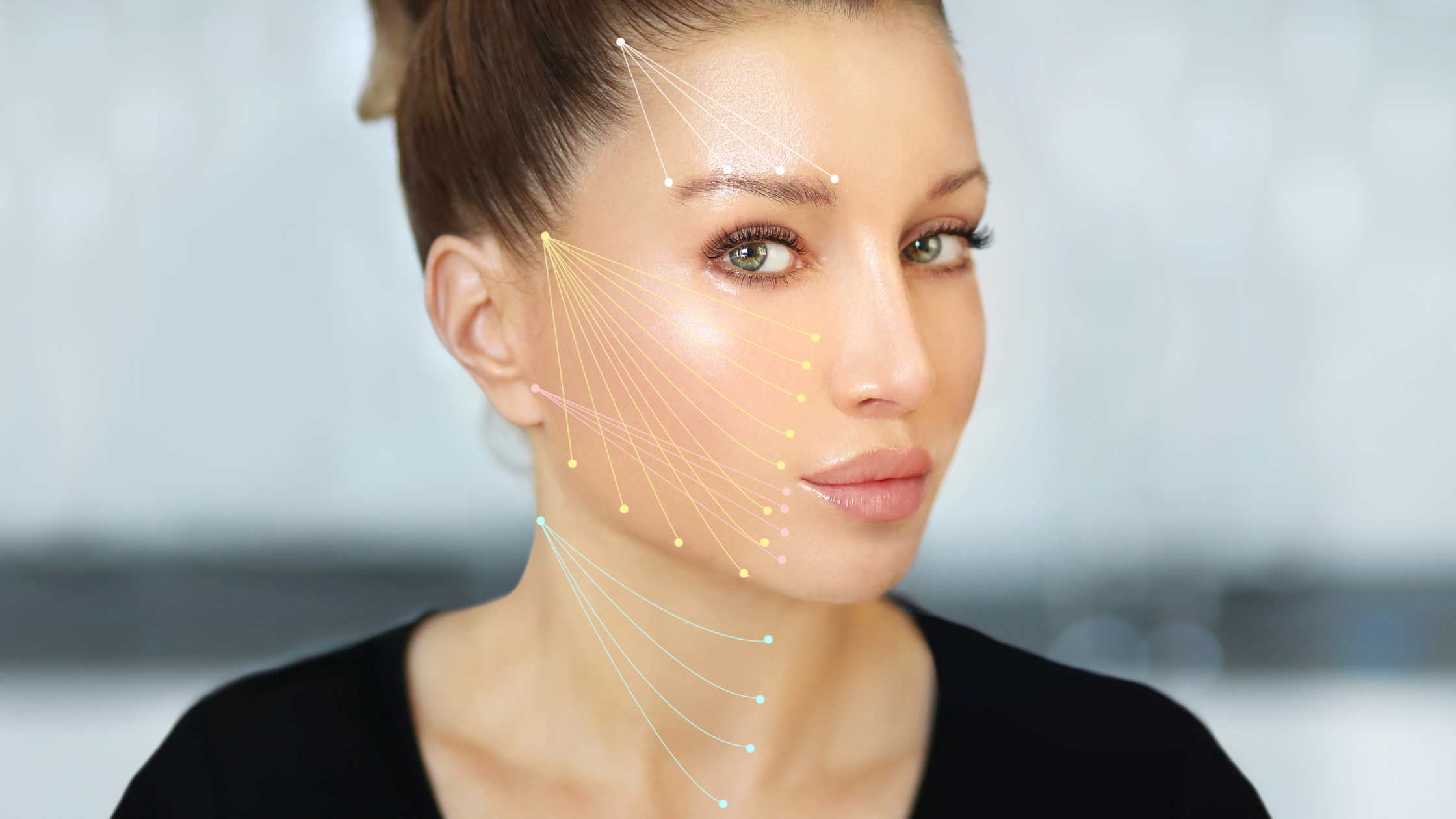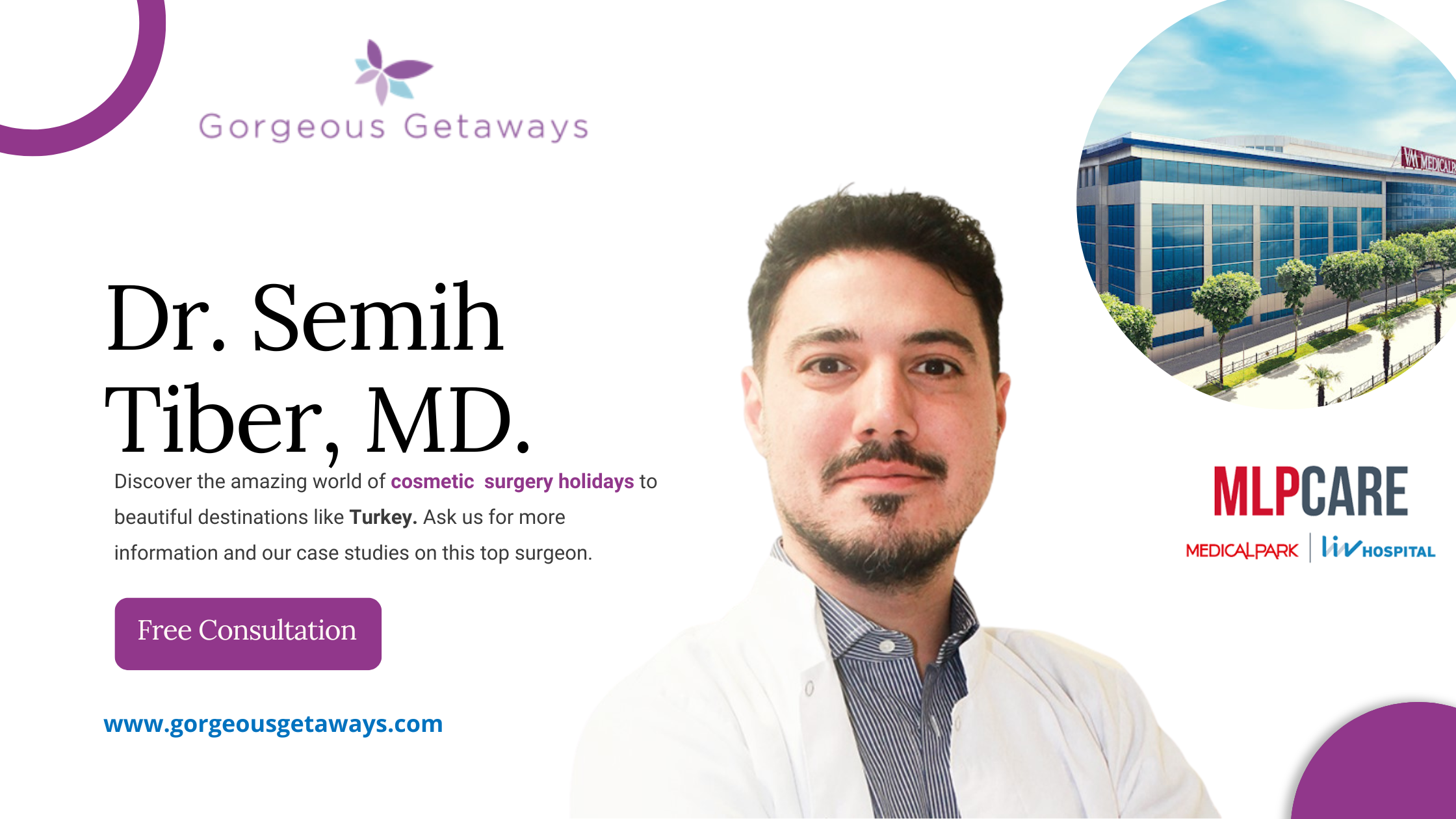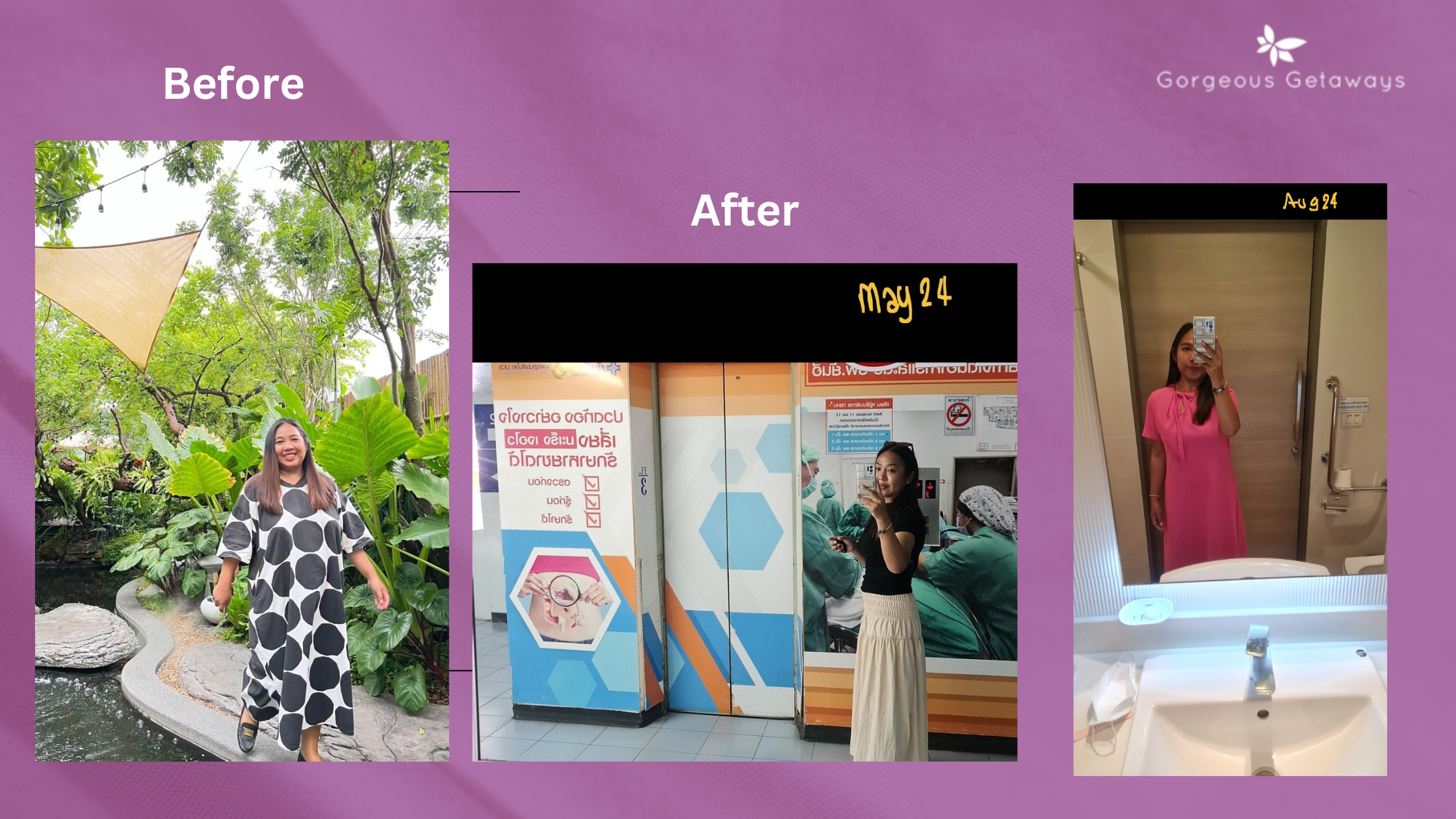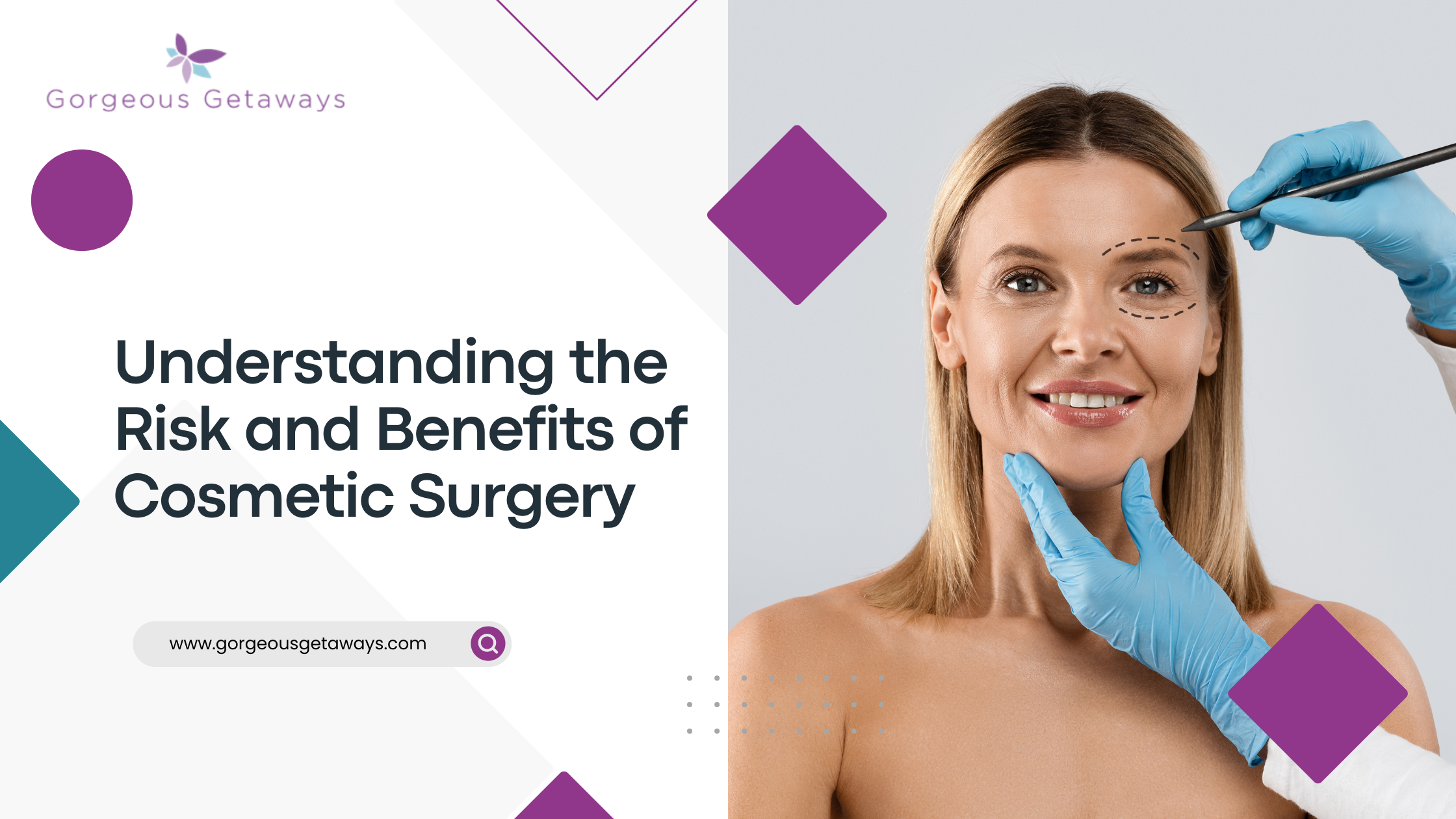Why Consider a Facelift?
As we age, our facial skin loosens and wrinkles, and the muscles of the neck may weaken as well. Anything that can cause the skin to lose elasticity will hasten the aging process, including sun exposure, weight fluctuations, and heredity. A Facelift Cosmetic Surgery can address these problems by firming and tightening the skin of the face and neck all in one step. It is most effective for the lower face (jowls and neck). A double chin can also be improved at the same time by a surgical procedure called submental lipectomy.
To get the best results for facial rejuvenation, facelifts are frequently done in conjunction with other procedures such as upper eyelid blepharoplasty and lower eyelid blepharoplasty. Your surgeon may also recommend injections of cosmetic fillers for reducing fine lines, deep creases in your forehead, or frown lines between your eyebrows.
Contrary to popular opinion, the texture of the skin will not be changed by a facelift. Acne scars, age spots, fine lines, and smoker’s creases will soon return to their original texture, no matter how tight the skin is pulled. A facelift will not give someone beautiful skin unless they have beautiful skin, to begin with. If you have a skin issue that you would like to improve, it may be worth considering a skin treatment such as laser resurfacing in combination with a facelift to improve the texture of the skin and smooth skin wrinkles.
Benefits of a Facelift Cosmetic Surgery
While a facelift cannot stop the aging process, it can often make a person appear to be a decade younger than their actual age.
Best candidates for a facelift
Both men and women have facelifts, with the best candidates being those whose face and neck have excess fat, lines and has begun to sag. The average age for patients is 40-58 years, but older patients have also had successful facelifts.
In general, the best candidates for a facelift are:
- People with good facial skin elasticity
- In good physical health
- Psychologically stable
- Non-smokers
- Wanting to improve the appearance of their face and neck
- Well informed in regard to the procedure’s outcome
- Having realistic expectations
And generally have:
-
a deep line, or fold, running from the corner of your nose to the corner of your mouth.
-
jowls, or loss of a well-defined jawline associated with youthfulness.
-
deep wrinkles in the cheeks and sagging of the “highlight” areas of the cheekbones.
-
loose skin, wrinkles, vertical “cords” or excess fatty tissue in the neck.
Preparation for a Facelift
Before you undergo a facelift, it is important for you to discuss any medical conditions that you have and tell your surgeon about any medications that you are taking. If your surgeon decides that you can have a facelift, discuss the procedure thoroughly with him or her before deciding if you want to go through with the procedure. You may still change your mind even after discussing the procedure with your surgeon.
Your consultation with the surgeon will give you a detailed understanding of the treatment – the extent of surgery, your health evaluation, your expectations and exactly where the areas of the face will be treated. When you are happy with what has been discussed, you will sign a booking form for the operation.
Your surgeon should be able to answer any questions that you have about facelifts including questions about what to expect during and after a facelift and the complications or problems that sometimes occur with facelifts. You may also take information from this website to your appointment to discuss with him.
You will have a physical evaluation of the areas to be treated. At this appointment, you and your surgeon will discuss your goals, and last queries you have and finalize the plan for surgery. From this examination, he can determine the best procedure to use, and then explain it to you in detail, including the benefits and limitations. The surgeon may also recommend a combination of the facelift with eyelid blepharoplasty, browlift or submental liposuction, for a better facial profile.
It is important to stress the importance of not smoking before a facelift procedure. Smoking can cause problems with circulation and make complications more likely, including post-operative chest procedures. The GORGEOUS GETAWAYS Guarantee is not valid for smokers.
Surgical Procedure
The classic facelift, or SMAS, is recommended by the surgeons. This is performed by making an incision at the temples behind the hairline. The incision typically extends downward, along the natural creases in the skin, in front or on the edge of the ear, in the crease of the ear lobe, and behind the ear. Making the incision in the natural creases helps hide scarring after surgery. The surgeon then separates the skin and muscles of the face from the deeper facial tissues.
In some cases the skin is removed, in others, the skin and muscle tissues are reshaped. The underlying muscle may be tightened with the skin, or separately. After the tightening or removal of excess skin, the skin is re-draped and sutured.
Facelift patients normally undergo general anesthesia. Time in surgery is approximately 4 to 6 hours. In some cases, drainage tubes are left in place under certain areas of the skin for about 2 days to reduce post-surgical swelling. Depending upon the extent of the procedure, a facelift may be performed under local anesthesia—while you are numbed and sedated, but awake, or a light general anesthetic, where you are lightly sleeping. You should discuss anesthesia options with your plastic surgeon and the anesthesiologist. As a rule, some surgeons perform all their facelifts under twilight sedation as a day case. The benefit of this is that you will recover much faster and you will have less swelling and bruising than a general anesthetic. Other surgeons do their facelifts with a GA and an overnight stay in the hospital.
Recovery and Post-op care
After surgery, patients may experience moderate swelling of the eyelids and other facial areas. Immediately after surgery, a large dressing is usually applied, but this will depend on which the surgeon is doing the surgery as they all work differently. It is removed typically within 2 days after surgery and may be replaced with an elastic wrap. Any stitches will be removed after 6 days unless you have dissolving sutures. There is normally some discomfort following facelift surgery, which can be managed with medications.
You will be moving around in a couple of days, but we advise you to relax for a week or so. Strenuous activity should be avoided until the bruising and swelling has subsided. This can take four to six weeks; however, within two weeks the swelling should be reduced enough to engage in some social activities. Many patients prefer to delay significant social activities for four weeks after surgery.
We provide excellent post-care support, with follow-up visits and programs to assist your recovery. If you have any questions or concerns, please let us know and we will schedule an appointment with the surgeon.
Recommended length of stay on holiday
2 weeks is the surgeon’s recommendation, and you will have regular check-ups throughout your holiday.
During your recovery time, and to achieve the best results we take special care of you to ensure you recover well. Depending on how you feel, you may also like to take a tour to the many sights available – we can provide you with a tour guide (costs involved).
Other recommended procedures with a Facelift
Many people that travel to have more than one procedure because of the cost advantages and also for a more balanced look.
A facelift is often done with other treatments, such as nose reshaping and eyelid surgery.
Your new look
Your facelift will make you look younger and fresher, and turn back the clock between 10-20 years. The small scars that you will have will be hidden by your hair or in the natural creases of your face and ears.
However, having a facelift will not stop aging and gravity, and some people repeat the procedure (secondary facelift) sometime down the line.
A facelift is meant for folds and creases of laxity and not meant to improve the appearance of wrinkle lines. Wrinkle lines may be improved after plastic surgery by skin resurfacing techniques, such as laser skin resurfacing. Wrinkles may further improve with the use of injectables such as collagen or Injectables. Loss of volume and folds including nasolabial folds may be treated with injectables such as Restylane to produce a fully satisfactory outcome.
Preconditions and Risks
We minimize risks and complications by selecting patients carefully and always having the most skilled surgeons, physicians and nurses carry out procedures. However, despite the highest standards, complications can occur. They are rare, and most patients will not have complications, but if you have concerns about possible complications, please discuss these with your doctor.
Smoking reduces blood flow to areas of the facial skin, so you shouldn’t smoke a month before and a month after surgery. Stopping smoking will help the healing process. One in ten smokers will experience skin death at the incision site if they continue to smoke after surgery. Our GG Guarantee is not valid for smokers.
Please read the preconditions and risks page before embarking on any surgery.
Common Q & As
If you have questions other than those listed here, please view our complete page for Q & A.
Requesting your Cosmetic Firmquote™
If you are planning to have your cosmetic surgery done in the next couple of months, go ahead and request your firmquote: Click Here. It will include your medical history and photos. We will forward your complete file to our Surgeons in order to obtain their feedback and a taylor-made quote for you. We also invite you to check our Standard Price List in our website or just download our App available for Android and Apple. You can also Join Our Community where you can chat with any of us.
Requesting your Dental Firmquote™
If you would like to combine your cosmetic surgery with dental treatments, you just need to fill in your medical history and upload your panoramic x-rays and photos. In the next couple of days we will provide you with a taylor-made quote and the Surgeons feedback. Go ahead and Click Here
Reward Yourself with our Affiliate Program
We are very happy to offer all our members the opportunity to earn income and learn about this amazing industry. Our Affiliate Program (Level 1) not only rewards you for referring others to Gorgeous Getaways. It also provides a long-term program to help you develop your own skills to become a consultant, or promote your own business. To get started all you have to do is promote our site and link with whoever you like: Click Here You do not need to be a medical travel expert or answer any direct questions. So go for it !
Contact Us
For any further qustions or comments, please feel free to leave us a note. Or you may contact us directly:
- Paty – Destination Manager for America & Europe – paty@gorgeousgetaways.com
- Victoria – Destination Manager for Thailandia, Malaysia & Australia – victoria@gorgeousgetaways.com
- Melanie – Customer Care Manager /Affiliate Program – melanie@gorgeousgetaways.com










Leave A Comment